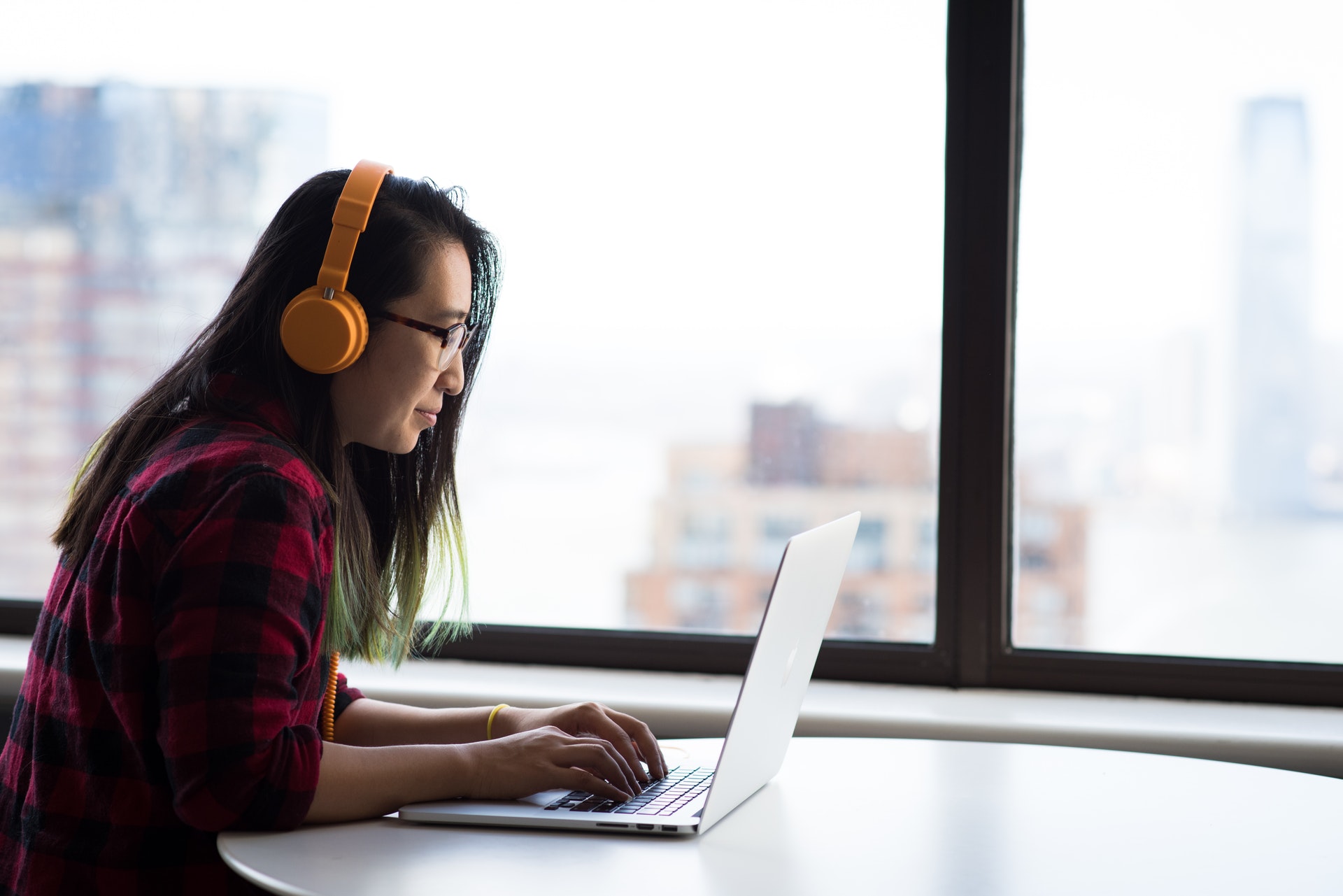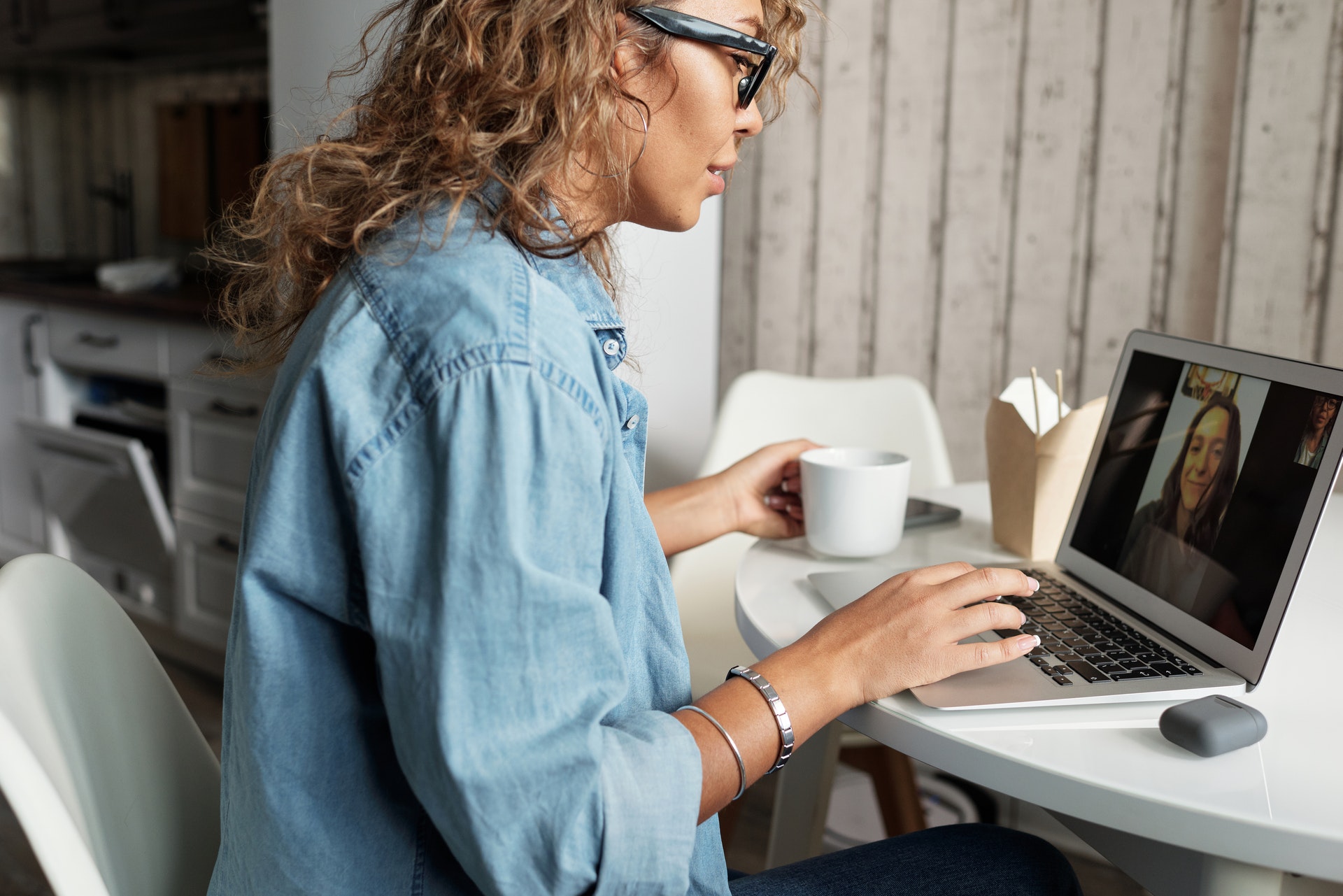Studies show efficacy of telehealth for treating depression.
Prolonged lockdowns led to a surge in mental health phone consultations and therapy sessions via Zoom. But can mood disorders really be successfully treated over the Internet instead of face-to-face?
Words: Paul Merrill
It’s been well documented that the months of lockdowns and heightened financial vulnerabilities caused by COVID-19 led to a surge in the number Australasians seeking help for depressive illnesses.
But the crisis also forced a seismic shift in the way mental health is treated, arguably the biggest in decades. Instead of sitting opposite their psychiatrist or psychologist for weekly therapy sessions, many patients found themselves in their lounges in pyjamas either talking to them over the phone or staring at their blurry image over Microsoft Teams.
In the first year of the pandemic, nearly a third of those who sought help with a mood disorder had at least one such appointment.
They weren’t alone. The Australian government expanded its telehealth service within days of the first lockdowns so anyone could speak to their GP or a specialist without leaving their home. By the end of 2020, it had logged over 54 million calls from 13.5 million people, costing the treasury $2.8 billion.
And it wasn’t just popular when strict travel restrictions were in place – the phones continued to ring off the hook when restrictions eased as people realised how convenient it was, especially in remote or rural areas.
In December 2021, the government bowed to pressure and announced it was here to stay, pledging $106 million over the next four years to cover GPs, specialists, nurses, midwives and allied health services. Consultant physician and specialist services would be merged into a single program nationally.
A national telehealth service had been established in New Zealand in 2015 and proved popular from the start with 550,000 enquiries in its first year alone. During the first week of lockdown in March 2020, the number of calls increased by a third, most related to stress, anxiety and depression.
The country’s largest telehealth provider, Whakarongorau Aotearoa, meanwhile saw daily call numbers rise from around 800 a day before the pandemic to up to 40,000, many more than they were equipped to handle.
Persuading the gatekeepers
But it’s one thing chatting to your doctor about a repeat prescription or stomach bug, and quite another when it’s long-term therapy for severe depression. Surely that would be better handled face-to-face?
Some clinicians clearly thought so.
Those surveyed by academics at the Australian National University in 2020 said they feared that building a trusting rapport and picking up on non-verbal communications would be much harder over the phone, potentially resulting in poorer patient outcomes.
But the researchers argued that such fears are misplaced as the evidence they studied from the past 30 years demonstrates that internet-delivered treatments are actually highly effective.
So a lack of advocacy from mental health professionals is an issue as they’re the de facto gatekeepers for implementation. Therefore more needs to be done to win them over.
The report states: “The most widely studied [treatment] is internet-based cognitive behaviour therapy (iCBT), with strong evidence that it is as effective as clinician-delivered CBT for a wide range of mental and physical health conditions.”
Patients seem to agree. A 2021 study co-led by ASBDD co-chair Dr Jen Nicholas found that young people who had accessed mental health services via telehealth felt it improved service quality across eight domains. “The most striking finding”, she says, “was that almost four in five young people reported telehealth made them feel more supported and respected in their care”.
It’s not only individuals switching to online help for their wellbeing. The pandemic prompted corporate Australasia to prioritise employee mental health as never before, with hundreds of firms signing up to an array of telehealth companies that provide counselling hotlines for their staff. One report in 2021 found morale was the single most important issue for jobseekers and that nearly three-quarters would turn down a job if they thought it would make them less happy.
Behavioural activation therapy delivered by lay counsellors
Another 2020 study by the University of Texas in Austin looked into whether low income, housebound adults over 50 with depression experienced reduced symptoms following behavioural activation (BA) treatment from lay counsellors over the phone.
Most of the 277 participants simply couldn’t afford professional psychiatrists so the researchers wanted to understand the relative success of bachelor’s-level, unqualified therapists compared to problem-solving therapy (PST) from licensed clinicians.
The trial, carried out before the pandemic hit, found that both treatments had a significantly positive effect on patients compared to a control group. In fact, BA compared favourably with the PST. The authors argued that using lay counsellors should be considered given the chronic shortages of mental health specialists, exacerbated still further by COVID-19.
Meanwhile an examination of 688 peer-reviewed studies over a 50-year period published in 2021 by a team from the University of North Carolina came to a similar conclusion – that telehealth interventions had a major influence in helping with depression and anxiety. The report was specific to African Americans, but noted that rates of mental illness between races only varied by about seven per cent.
What did vary, however, was propensity to seek help, with people of colour only half as likely to do so. The same is true in Australia where Aboriginal people are twice as likely to experience high levels of distress, but are less likely to seek help. The Mental Health Commission of NSW blamed the reluctance on cultural insensitivity and a fear among parents they’d lose their children if they admit to a mental health problem. It’s another area where telehealth has an important role to play.

Blended mental health care
COVID has presented a unique opportunity for Australia to transition towards a blended mental health care model with digital therapies complementing face-to-face consultations. So says leading mental health research group the Black Dog Institute. In fact, such a scheme could alleviate the chronic shortage of mood disorder treatments that means half of those with disorders aren’t receiving any treatment.
“The pandemic has been a driver of increased suicide risk and increased demand for mental health services placing further pressure on the existing system,” the institute’s 2020 paper on the subject states. “Traditional in-person care faces ongoing barriers to meeting demand including a limited workforce, the location dependency of treatment, and out-of-pocket costs.
“Blended digital mental health care offers a future-focused solution, combining elements of face-to-face treatment and digital therapies. There is strong evidence that digital solutions are clinically effective in reducing mental illness.”
Acting director Prof Sam Harvey said in 2021 that the industry had been waiting for the technological breakthroughs that the pandemic has provoked for decades.
Orygen’s MOST platform is an example of blended-care brought to life through COVID. The online mental health platform with evidence-based therapy, a peer-moderated social space, and support from clinicians, peer workers, and vocational workers, was funded by the Victorian Government to be embedded within the state’s youth mental health services from mid-2020. With services struggling with demand during COVID, Prof Mario Alvarez-Jimenez said in 2021 ““The dream is that young people will get the help they need when they need it and for as long as they need it.”
Suicide prevention and wellness organisation Beyond Blue also supports more telehealth provision, but identified some key barriers for patients that need to be overcome:
- Worry about the technology involved.
- Feeling unsettled about where to take the call.
- Thinking their concerns are too trivial.
- Being daunted by the change in routine.
Clinical psychiatrist Olympia Athanasopoulos gives advice on overcoming each of these on the Beyond Blue website and says: “It’s important to remember that, while the method of consultation may be different, the person you’re consulting is the same. My experience so far has been that people are prepared to reveal information about themselves faster or open up more, possibly due to the physical protection of being on a screen.”
Need for further research
It’s a view shared by Dr Katie Douglas, co-chair of the Australasian Society for Bipolar and Depressive Disorders (ASBDD), who believes the service has become a lifeline, especially for those living with mood disorders in isolated areas.
“The pandemic has shone a light on the lack of access to mental health services that many Australians and New Zealanders experience,” she says, “so the increase in telehealth has made a considerable difference. Although more research is needed to assess its efficacy verses face-to-face interactions, there’s no doubt that it has a major role to play in combatting depression and requires continued funding.”
Such funding will be critical as, though the body of evidence supporting its use for depressive illnesses is overwhelming, not every study has been able to make a direct comparison to in person therapies. One that did precisely that was meta-analysis of five controlled trials by the Institute for Evidence-Based Healthcare at Bond University, Queensland. It revealed that there were “no significant differences” between the two for treatment of anxiety, depression and obsessive compulsive disorder.
It’s still too soon to judge what the medium or long term effects of the pandemic will be on those with depressive disorders, or how long it will continue to disrupt their lives. But what is clear is that, whatever happens, telehealth will have a key role to play and studies should continue into exactly how that role should play out.


